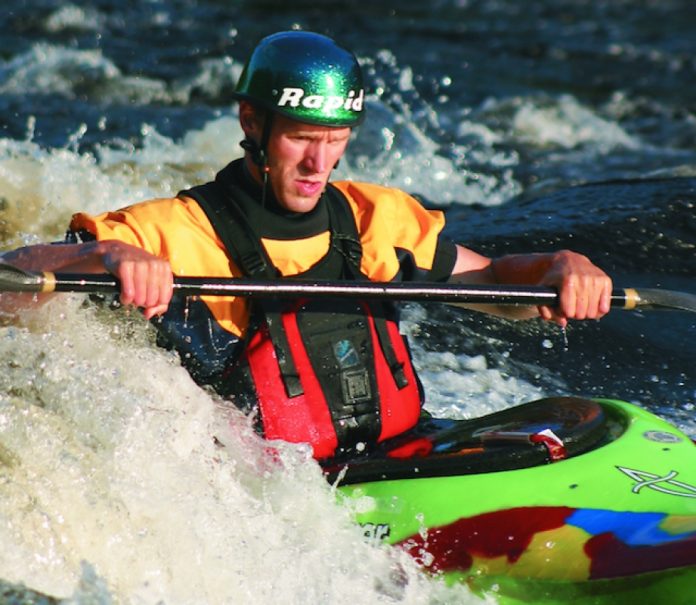Few places in Ontario are able to meld the world of kayaking with the continuous presence of history. Kingston is located at the southern end of Lake Ontario and is the meeting place for the St. Lawrence River and the historic Rideau Canal. This area is riddled with history, stories, scenery and great paddling.
Kingston and Lake Ontario
The best place to enter the waters of Lake Ontario is at Ahoy Rentals located on the water- front in Kingston, Ontario. This small one room business provides kayak, sailboat and bike rentals. There is ample parking with a great boat launch and a low wooden dock ideal for paddlers.
As you enter the clear waters of Lake Ontario fronting the Limestone City you can see many reminders of Eastern Ontario’s past. Kingston is a city mixed with a sense of history and modern growth. Paddling north, the city of Kingston rises on your left. The shoreline has been reinforced with large boulders to protect it from erosion by the prevailing and sometimes strong, southerly winds sweeping in from Lake Ontario. Crossing along the lake to the east, be careful to avoid the Wolfe Island Ferry. This large car carrying ferry travels regularly between Kingston and Wolfe Island. As you approach the point opposite
Kingston, a monumental work from Upper Canada’s military past looms up from the water.
Fort Henry was completed in 1839 following the War of 1812 with the United States. This national historic site rises on a barren, desolate hill overlooking Lake Ontario, guarding the entrance to the Rideau Canal and the St. Lawrence River. This impregnable star-shaped fort is complete with working cannon, uniformed sol- diers and a fife and drum corp. Fort Henry brings to life our military past with daily re-enactments and guided tours. Paddle along the shoreline dot- ted with scruff vegetation to Navy Bay where a Martello tower rises from the cool waters. On the point is a rough beach area great for landing on a calm day to stretch your legs and view the fort more closely. After paddling around this area per- haps a visit within the walls will enhance your day of paddling.
To the east of the fort lies Deadman’s Bay. Within the shallow waters of this bay is a similar shoreline to Navy Bay complete with a second
looming tower. In the depths of the bay you can float above wooden warships that were scuttled following the War of 1812. On a calm day you can see these ships of the past peering towards the blue sky from the lake’s rocky bottom. Similarly, a few miles across the lake at Garden Island, other wrecks can be viewed. The paddle to Garden Island is about two miles and requires a strong and experienced paddler in the event the winds pick up.
Across the bay lies Cedar Island. This small island is part of St. Lawrence Islands National Park, Canada’s oldest and smallest national park stretching from Cedar Island to Brockville through a series of islands protecting a unique natural environment on the Frontenac Axis. This narrow geological area connects the Canadian Shield to the Adirondack Mountains in New York State. This strip of land acts as a corridor for animals and plants to move north and south. These islands are home to plants and animals not usually found in this area but in areas further to the south or north. Cedar Island makes an excellent place for a picnic lunch, complete with a hiking trail, a Martello tower and ghosts. Perhaps, you will see Elizabeth who mysteriously disappeared on the island and is still waiting for her beloved Robert James to return. She never believed he drowned on September 12, 1846 and has waited endlessly for his return.
The Rideau Canal
Lake Ontario’s weather may not always be conducive to a relaxing paddle. With high winds, this Great Lake is for a strong and experienced paddler. If you’re leary about the winds on the lake and are looking for a quiet paddle while maintaining a sense of history combined with Canadian Shield scenery, the Rideau Canal is a great option.
The Rideau Canal is really not a canal. It is a 202 kilometre waterway extending from Kingston to Ottawa comprised of 24 lockstations, 47 locks and numerous lakes and rivers. This waterway only consists of 19 kilometres of man-made canal and structures. The native peoples of this area used these waters for hundreds of years prior to its construction.
Following the War of 1812, the British government wanted a safer and more efficient method of moving men and supplies from Montreal to Kingston and beyond. It was feared that if the St. Lawrence River fell under the control of the Americans, Upper Canada would be cut off from the rest of the British Empire. The British fears were nearly realized when it was discovered following the completion of the war in 1815 that the U.S. Secretary of War, James Madison, had developed such a plan. Just think, if the war had not ended at this time, Kingston could very well be part of the United States today!
In charge of building the canal was Lt. Colonel John By, a Royal Engineer. From the wilderness, using natural lakes, rivers and beaver meadows, By cre- ated a series of stone locks to move men and supplies quickly from Bytown (present day Ottawa) to Kingston and beyond. Although plagued by malar- ia, a lack of infrastructure and harsh working conditions, the Rideau Canal was completed in only six years! Today the locks are maintained as By built them between 1826 and 1832.
Instead of locking through military boats and barges, the canal is now used for pleasure boats of varying sizes. For a $60.00 transit pass you can paddle the entire 202 kilometre distance without ever having to portage. Within the lock chamber, casually hold one of the plastic cables running along the lock wall to float gracefully from one level to the next. If you prefer to portage or need to get out for a stretch, many lockstations have signs indicating a portage route and log rafts to allow paddlers to easily exit or enter their kayak.
Lake Ontario to Kingston Mills
The Rideau Canal from Lake Ontario to Kingston Mills makes an excellent 6.9 kilometre morning paddle. Enter the canal from Lake Ontario by passing north under the Lasalle Causeway. The landscape is transformed from a cityscape to a narrowing river that becomes reed-lined forming the Cataraqui Marsh. The Kingston Mills lockstation is carved from granite rock on the edge of the Cataraqui River and features three locks in flight; a turning basin, a detached lock and one of four defensible blockhouses built on the Rideau Canal. This stone and wood blockhouse is open to the public and is furnished to the period. A great place for lunch.
For a different canal flavour, drive 24 kilometres from Kingston to the Upper Brewers Lockstation. This lockstation is unique as it melds two distinct geological areas. Downstream from the lock the limestone plains of Kingston dominate. Upstream, the Frontenac Axis rises to the foreground.
The put-in is easy at the top of the lockstation on a grass embankment. Paddling north through a winding narrows you can picture the once plummeting Cataraqui River. As the first bend approaches, lilac bushes and mixed bush push their way out over the calm blue waters. On the hill to the right is the now vacant defensible lockmasters house that was built after the Oregon Crisis and the Upper Canada Rebellions.
Paddling toward Cranberry Lake, the right shoreline rises forming what is known as the Court of the Duke. A short distance ahead on an outcrop is the Profile of the Duke. It resembles a facial profile. It is said to be named after the Duke of Wellington who was instrumental in the building of the Rideau as the Minister of Defence in England at the time.
Once on the lake, Beaupre Island offers its natural beauty with mixed trees and birds singing in chorus. This nationally owned island is now uninhabit- ed. At the turn of the century a clubhouse was built on the southern end of the island and a farm was homesteaded in the middle. These buildings are now shadows of a bygone era on the Rideau Canal as the natural growth of the area reclaims the land. Today, this island is being examined as part of a Black Rat Snake study in conjunction with St. Lawrence Islands National Park.
Whether paddling Lake Ontario or the more protected waters of the Rideau Canal, kayaking in this region is steep in a vibrant history accented by fantastic scenery bracketed by the evening and morning sun.
Don MacKay is an avid kayaker and canoeist who works as a heritage blacksmith and historical interpreter for Parks Canada on the Rideau Canal National Historic Site of Canada. He also represents the Rideau Canal on paddling issues.
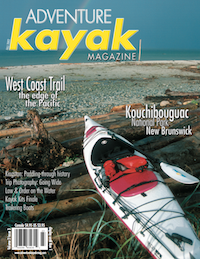 This article first appeared in the Fall 2002 issue of Adventure Kayak Magazine. For more great content, subscribe to Adventure Kayak’s print and digital editions here.
This article first appeared in the Fall 2002 issue of Adventure Kayak Magazine. For more great content, subscribe to Adventure Kayak’s print and digital editions here.



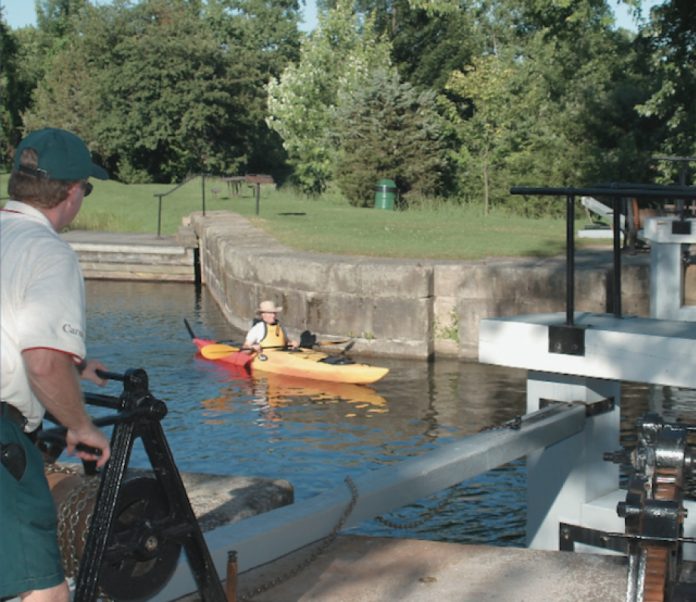
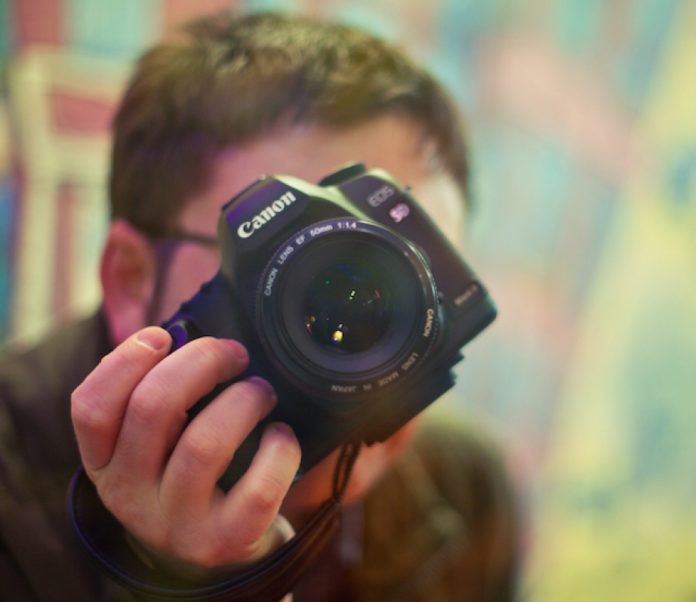

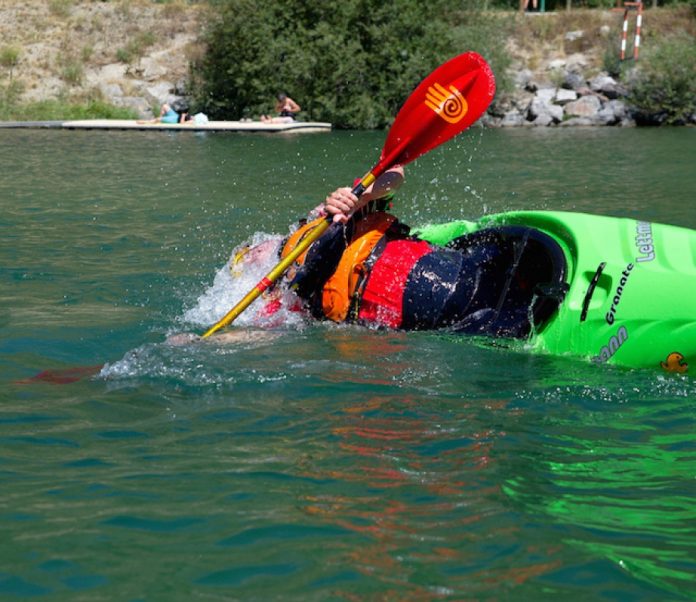

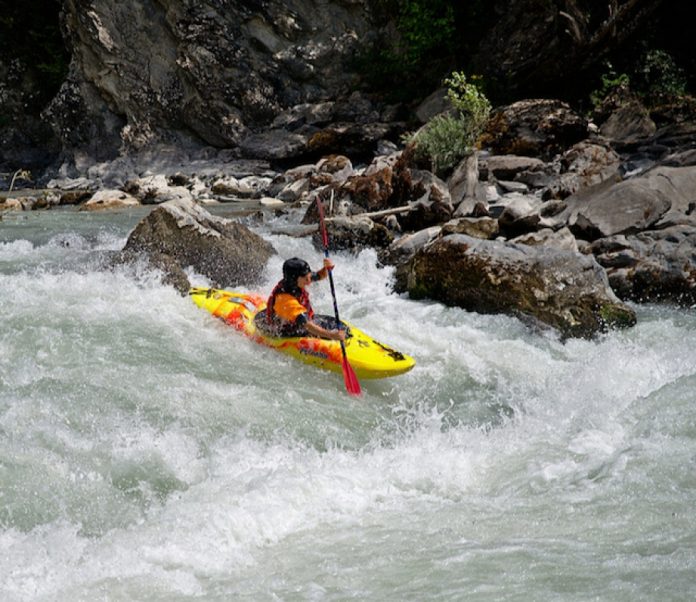
 This article first appeared in the Fall 2002 issue of Rapid Magazine.
This article first appeared in the Fall 2002 issue of Rapid Magazine.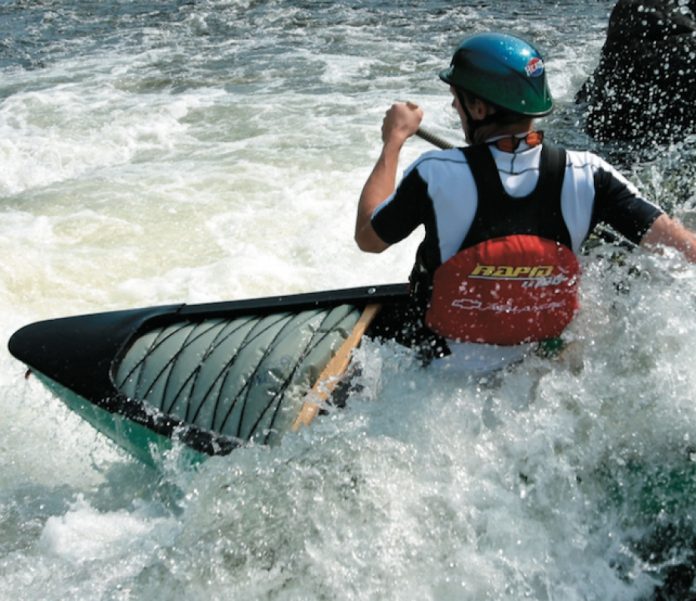
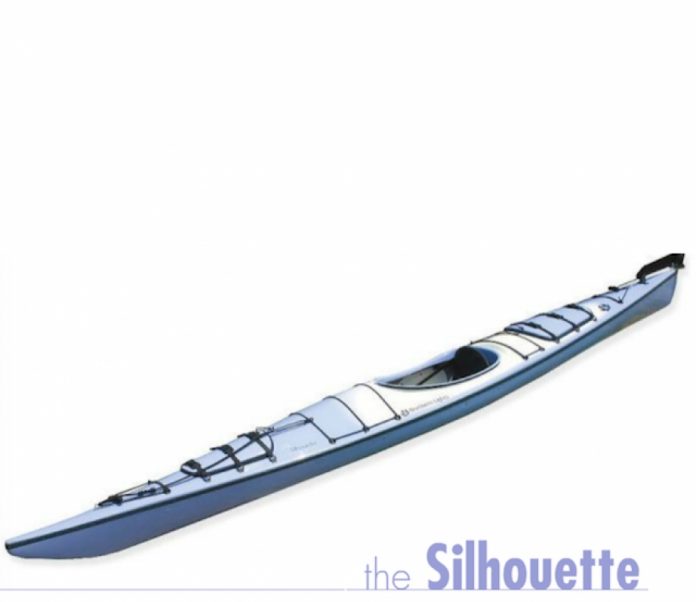
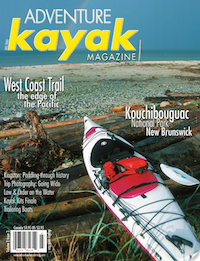 This article first appeared in the Fall 2002 issue of Adventure Kayak magazine. For more boat reviews, subscribe to Adventure Kayak’s print and digital editions
This article first appeared in the Fall 2002 issue of Adventure Kayak magazine. For more boat reviews, subscribe to Adventure Kayak’s print and digital editions 
 This article first appeared in the Fall 2002 issue of Adventure Kayak magazine. For more boat reviews, subscribe to Adventure Kayak’s print and digital editions
This article first appeared in the Fall 2002 issue of Adventure Kayak magazine. For more boat reviews, subscribe to Adventure Kayak’s print and digital editions 